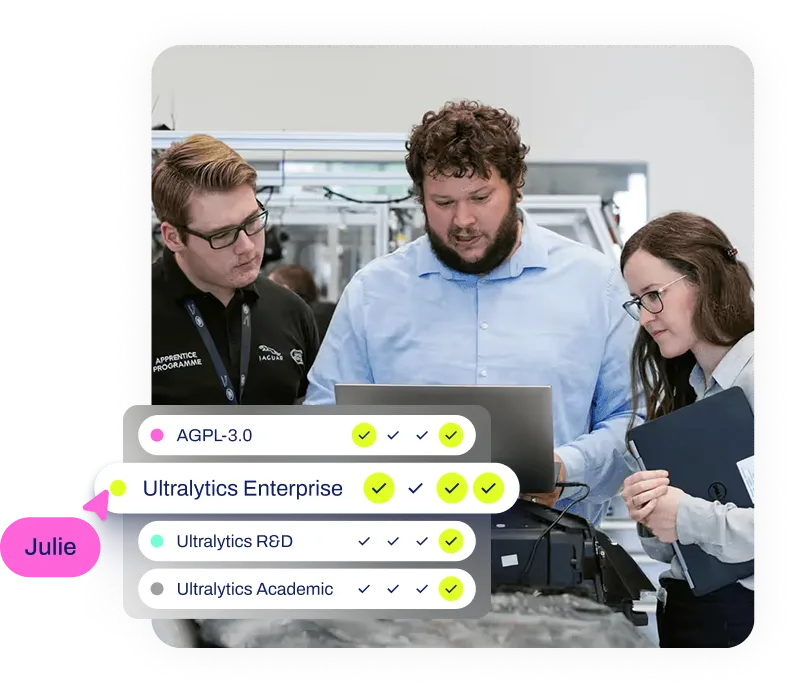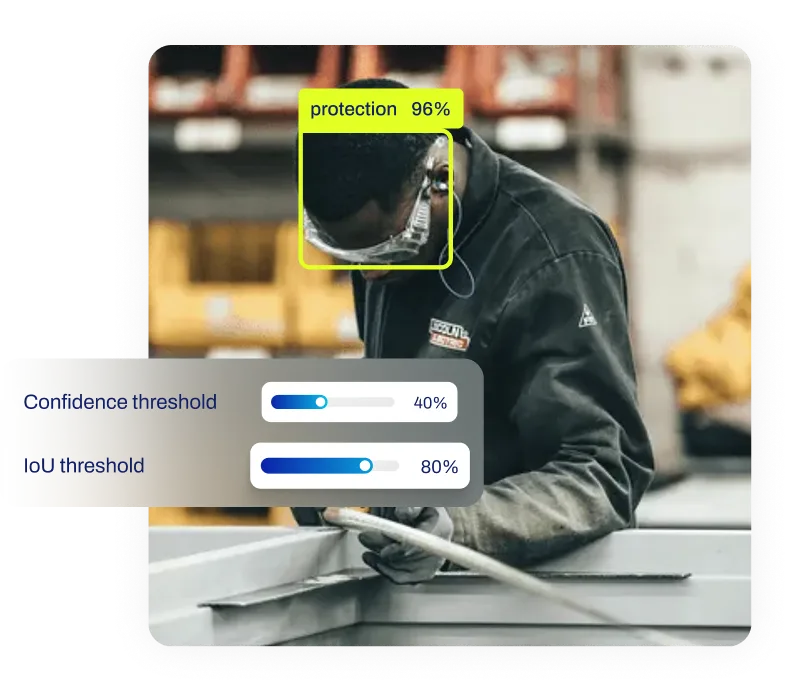Serverless Computing
Discover how serverless computing revolutionizes AI/ML with scalability, cost efficiency, and rapid deployment. Build smarter, faster today!
Serverless computing is a cloud execution model where the cloud provider dynamically manages the allocation and
provisioning of servers, allowing developers to build and run applications without managing the underlying
infrastructure. In this architecture, code is executed in stateless containers that are triggered by specific events,
automatically scaling from zero to thousands of requests instantly. This pay-per-use model is highly efficient for
workloads with variable traffic, making it a cornerstone of modern
Machine Learning (ML) application development
and Cloud Computing strategies.
The Mechanics of Serverless
At the heart of serverless computing is the
Function-as-a-Service (FaaS) paradigm. Instead of deploying a
monolithic application, logic is broken down into individual functions that perform single tasks. These functions are
event-driven, meaning they only run when triggered by an action, such as an HTTP request via an
API Gateway, a file upload to storage services like
Amazon S3, or a database update.
The cloud provider handles all the operational overhead, including operating system maintenance, capacity
provisioning, and scalability. This abstraction enables
teams to focus entirely on writing code for
computer vision or data analysis, significantly
accelerating the development lifecycle defined by
MLOps best practices.
Serverless in AI and Machine Learning
Serverless architectures are particularly advantageous for deploying AI models due to their ability to handle
"bursty" traffic patterns without incurring the costs of idle servers.
-
On-Demand Inference: Hosting a model for
real-time inference on a dedicated server can
be expensive if requests are sporadic. Serverless functions can load a model like
YOLO11 only when a user makes a request, processing the
image and returning predictions cost-effectively.
-
Data Preprocessing Pipelines: Serverless functions are ideal for
data preprocessing tasks. For instance,
uploading a raw dataset can trigger functions to resize images, normalize pixel values, or convert file formats,
preparing them for model training.
-
Model Retraining: In an event-driven workflow, significant drops in
model performance detected by
monitoring tools can automatically trigger a retraining pipeline using fresh data.
Python Example: Serverless Inference Handler
The following code illustrates a conceptual handler function that loads a lightweight Ultralytics model to perform
object detection on an image path provided by an
event trigger.
from ultralytics import YOLO
# Initialize the model outside the handler to cache it for warm starts
# YOLO11n is chosen for its small size and speed, ideal for serverless environments
model = YOLO("yolo11n.pt")
def lambda_handler(event, context):
"""Simulated serverless handler for performing inference. 'event' contains the input data, e.g., path to an image.
"""
image_path = event.get("image_path", "data/images/bus.jpg")
# Run inference
results = model(image_path)
# Return the count of detected objects
return {"status": "success", "objects_detected": len(results[0].boxes)}
Real-World Applications
-
Smart Security Systems: Home security cameras can use
Edge AI to detect motion and upload a snapshot to the
cloud. This upload event triggers a serverless function (e.g., on
AWS Lambda or
Google Cloud Functions) that runs a more accurate detection model
to identify if the motion was caused by a person or a pet, reducing false alarms.
-
Agricultural Analysis: In
AI in Agriculture, drones capturing field
imagery can upload data to a central bucket. This triggers parallel serverless functions to analyze crop health
across thousands of images simultaneously, leveraging the cloud's massive parallelism to finish the job in minutes
rather than hours.
Distinguishing Related Concepts
Understanding where serverless fits requires distinguishing it from similar technologies:
-
Serverless vs. Containerization: While serverless often uses containers under the hood,
containerization technologies like
Docker and orchestration platforms like
Kubernetes require the user to manage the container
lifecycle and cluster resources. Serverless abstracts this entirely.
-
Serverless vs. Edge Computing:
Edge computing processes data locally on the
device (e.g., an embedded system or IoT sensor) to minimize latency. Serverless occurs in a centralized cloud
environment. Hybrid approaches often use edge devices for immediate filtering and serverless for heavy-duty
deep learning analysis.
-
Serverless vs. PaaS:
Platform-as-a-Service (PaaS)
provides a framework for building apps but often involves more configuration regarding the number of instances or
runtime environments compared to the purely event-driven nature of serverless.
By adopting serverless computing, organizations can deploy robust
computer vision applications that are both
cost-effective and capable of global scale, aligning infrastructure spending directly with business value.










